Living with diabetes, whether type 1 or 2 requires that one limit certain foods and eat others. Eating a lot of vegetables, fresh fruits and proteins can have great benefits for diabetics.
If you are a diabetic, it is important that you discuss with your doctor what foods you need to eat more of, and what foods to avoid.
Let it be said — not all foods are equal. Some are dangerously alluring, like that chocolate palette that catches your eye from the counter, and others are super healthy and nourishing – also tasty, and they fall into the category of “superfood”.
The superfoods contain a high intake of nutrients and vitamins and a low glycemic index. But what are these great allies in diabetes management?
In today’s post, I will be sharing with you the top 10 foods that are super healthy for people living with diabetes.
1. Beans
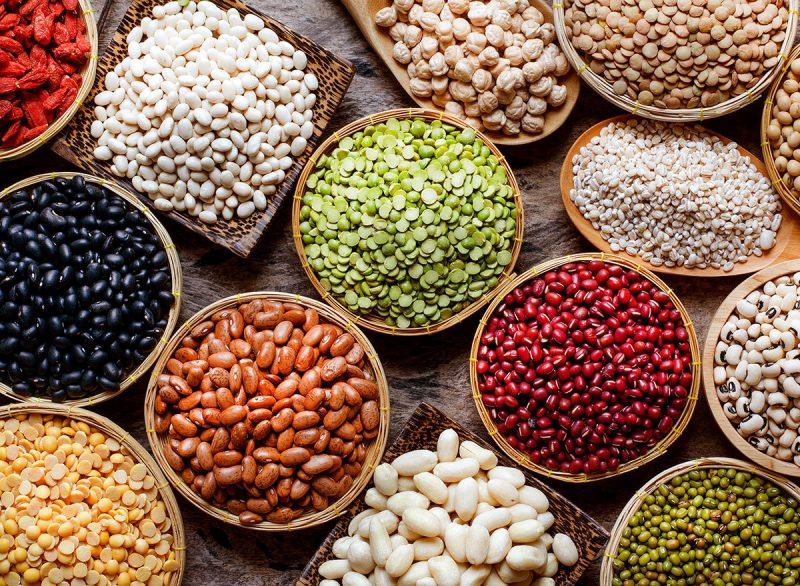
Like many legumes, beans of all kinds are loaded with dietary fiber – loads of benefits for anyone living with diabetes. In addition to helping prevent cardiovascular disease, dietary fiber helps regulate blood sugar, slow glucose absorption, and lower cholesterol.
Black beans, red beans, kidney beans, and pinto beans are all incredible for blood glucose management. They are loaded with fiber and take a long time to digest.
2. Nuts
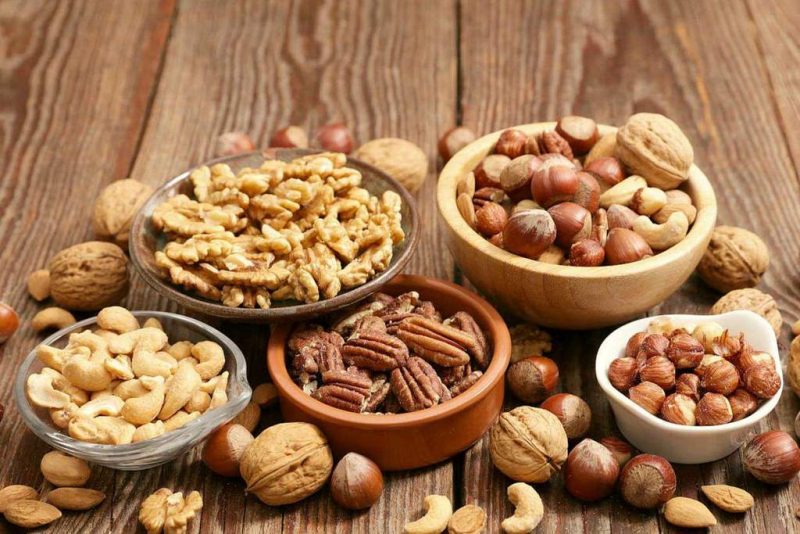
Most nuts offer lots of health benefits for people living with diabetes. People living with diabetes have a relatively high chance of developing heart disease. It has been predicted that 80 percent of people living with diabetes will die from heart-related health diseases.
That is why it is important that diabetics stay away from salted nuts. Excess consumption of salt is always associated with an increased risk of heart infections.
Nuts provide energy, soothe hunger, and contain monounsaturated fats, also called the “good fats”. They help reduce cardiovascular risks.
Interesting fact: Nuts are also useful for controlling blood sugar. As with any food, be sure to stick to the recommended serving quantities.
3. Tomatoes
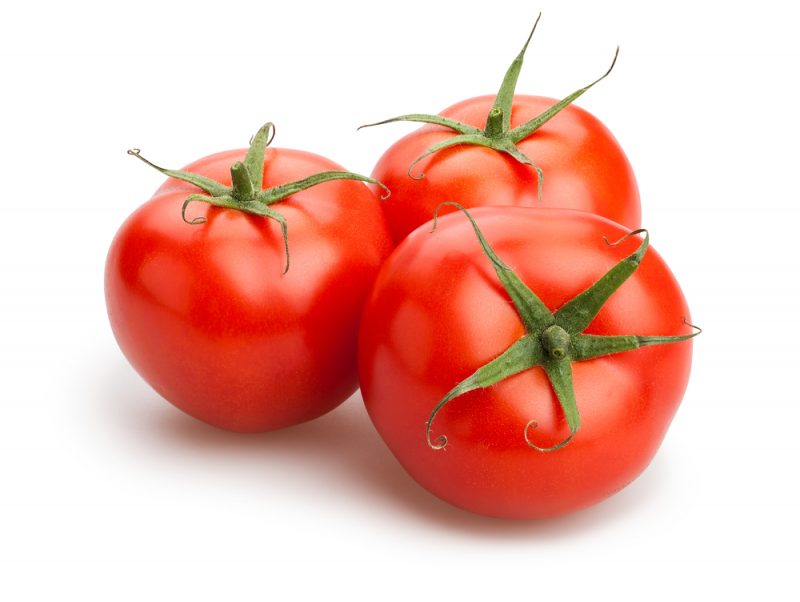
There’s this misconception that tomatoes are high in sugar, that is simply not true.
They are non-starchy vegetables that are very nutritious especially.
What Makes Tomatoes the perfect Pick For Diabetics?
Tomatoes offer a bunch of health advantages. They are loaded with potassium, vitamin C, and lycopene.
Lycopene is a pigment that gives tomatoes its signature color; it assists in reducing the risk of heart disease and prevents macular degeneration. What makes tomatoes an excellent diabetic superfood is their low carb amount. People with diabetes are always implored to check their carbohydrate intake.
Tomatoes are very low in carbohydrates and sugar, and they are a terrific source of vitamins for diabetics.
No matter how they are prepared, they provide you with essential nutrients such as vitamin C, iron, and vitamin E.
4. Citrus fruits
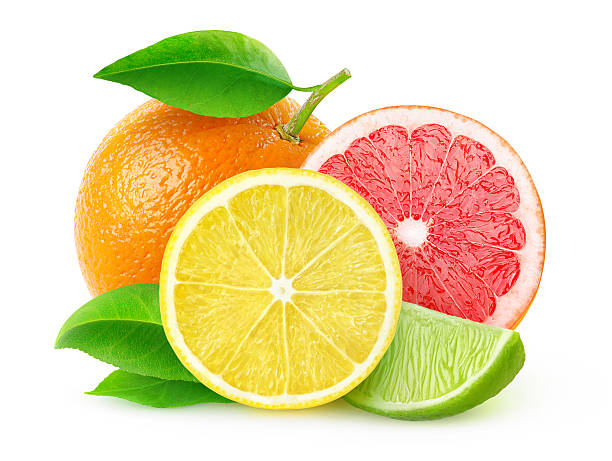
When you’re looking for diabetes-friendly fruits that can assist in keeping your blood sugar within a healthy range, look no farther than the harvest section of your refrigerator or the fruit basket on the kitchen counter.
Load up on vitamin C and soluble fiber with your favorite citrus fruits – think lemon, lime, grapefruit, and tangerine! All these are great selections to strengthen the flavor of your dishes while limiting your salt and sugar intake.
how do you select the best fruits for diabetics? While some kinds of fruit, like juice, can be horrible for diabetes, fruits like berries, citrus, apricots, and even apples, can be good for your A1C and general health, combatting inflammation, regulating your blood pressure, and so much more.
5. Fatty fish
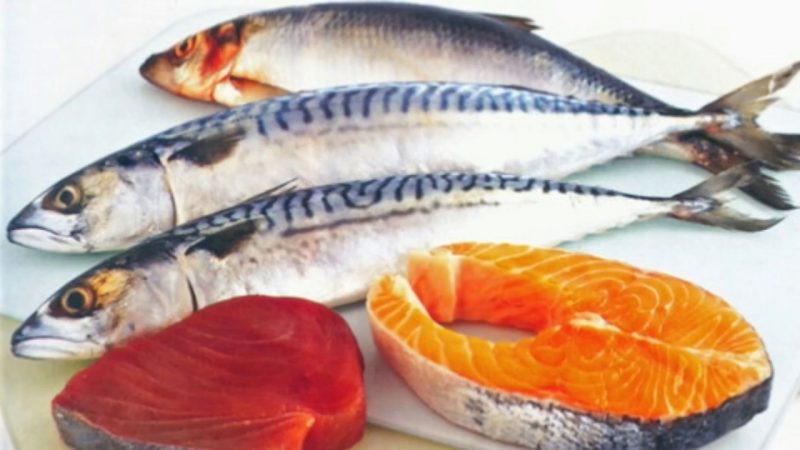
Research has shown that regularly consuming fatty fish can lessen the danger of acquiring type 2 diabetes.
Rich in protein and omega-3 fatty acids, salmon, herring, mackerel, sardines, bluefin or albacore tuna and trout, are all choices that bring their share of benefits for cardiovascular health. In addition, they help prevent blood clots from forming.
We are advised to eat at least two fractions of fish every week with at least one of these fractions being a fatty fish.
Scientists also, suggested that consumption of fish may decrease the risk of developing type 2 diabetes.
6. Whole grains
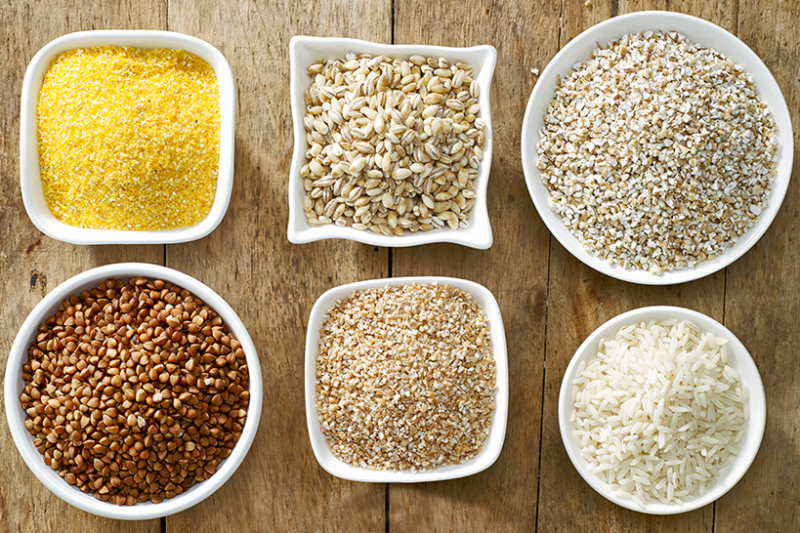
Being diabetic does not imply you need to abandon every piece of bread or pasta. You can still enjoy diets prepared with grains, so far as you make them whole grains.
Why? Because they contain an overload of vitamins, minerals, and fiber, but low in saturated fat, which fits well with the recommended diet plan for people living with diabetes.
Whole grains are loaded with fiber, which can help reduce your cholesterol and drastically decrease your risk of heart disease.
Fiber slows digestion and the absorption of carbohydrates and may not raise your blood sugar as quickly as refined grains. And because whole grains help you feel fuller for longer, they can help you manage your weight.
7. Dark green leafy vegetables
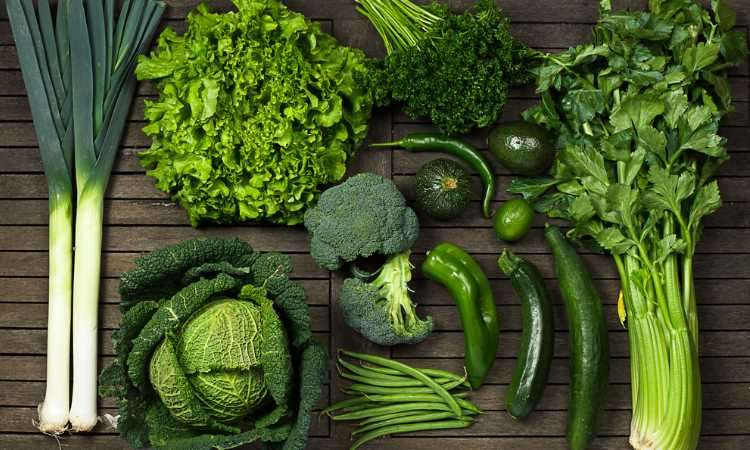
Dark Leafy green veggies, such as spinach and kale, are an important plant-based source of potassium, vitamin A, and calcium. They are also incredible sources of protein and fiber. Some studies show that consuming dark green leafy vegetables is beneficial for people living with diabetes due to their high antioxidant and starch-digesting enzymes.
They are excellent sources of fiber and vitamins, very low in calories and carbohydrates: consumed without moderation. That’s a good reason to find a place for spinach, cabbage, or broccoli on your plate.
8. Sweet potatoes
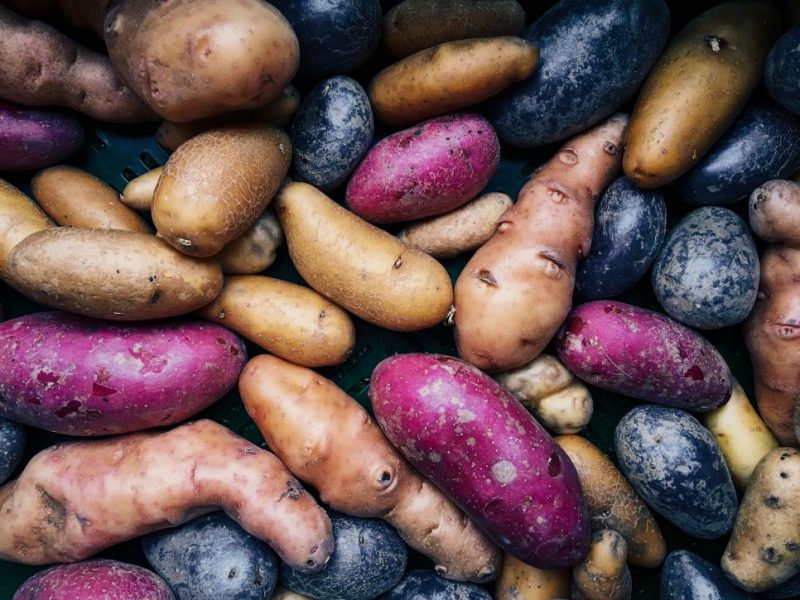
People living with diabetes can eat sweet potatoes as a safe option to add to their diet in reasonable measures. Sweet potatoes are high in fiber and contain a low glycemic index, which results in a less rapid effect on blood glucose levels. This can assist people living with diabetes in controlling their blood sugar levels.
They are a delicious substitute for potatoes, have a low glycemic index, and are high in vitamin A and fiber.
9. Berries
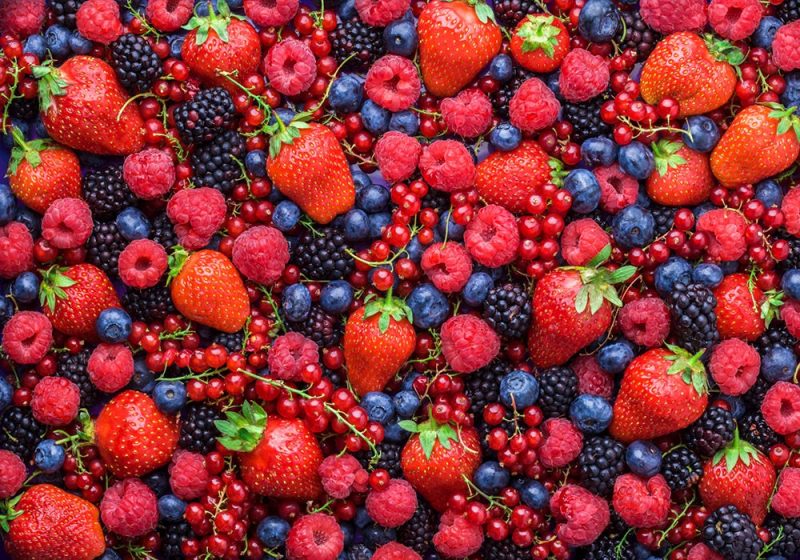
Blueberries, strawberries, raspberries, and company all share one thing in common: they are packed with antioxidants, vitamins, and fiber. And according to the ADA, berries are a superfood for diabetics, because they are loaded with antioxidants and fiber.
The best way to maintain your blood sugar is to use portion control. Thanks to the low-carbohydrate density of strawberries, you can safely enjoy a 1¼-cup serving. The diabetic exchange for blueberries is 3/4 cup. The diabetic exchange for blackberries is 3/4 cup. The diabetic exchange for raspberries is 1 cup.
Note: fruits like berries are loaded with fructose, a natural sugar that doesn’t need insulin to be metabolized, so most fruits like berries are well-tolerated. Try to eat at least two servings of fruit daily.
10. Low-fat milk and yogurt
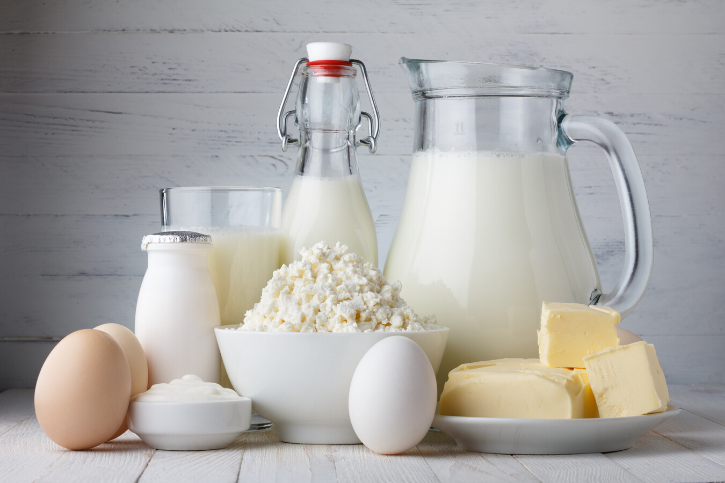
The ideal milk for diabetics — Every cow’s milk does include carbohydrates, and it is vital for people with diabetes to condition this into their carbohydrate counts. Nevertheless, skim milk can be a low-fat, low-calorie choice for individuals who are not lactose intolerant and prefer cow’s milk.
Their sulfation & calcium, nutrients, and minerals make milk and yogurt great additions to your diet. They are a good source of vitamin D, which is believed to help improve blood sugar control and insulin sensitivity. That being said, low-fat should be preferred!
A chronic disease diagnosis can result in huge changes in a household’s environment. For instance, with diabetes, the foods you store at home must be adjusted.
With proper diet and control diabetes is manageable. We hope you find this post helpful. Thanks for reading!